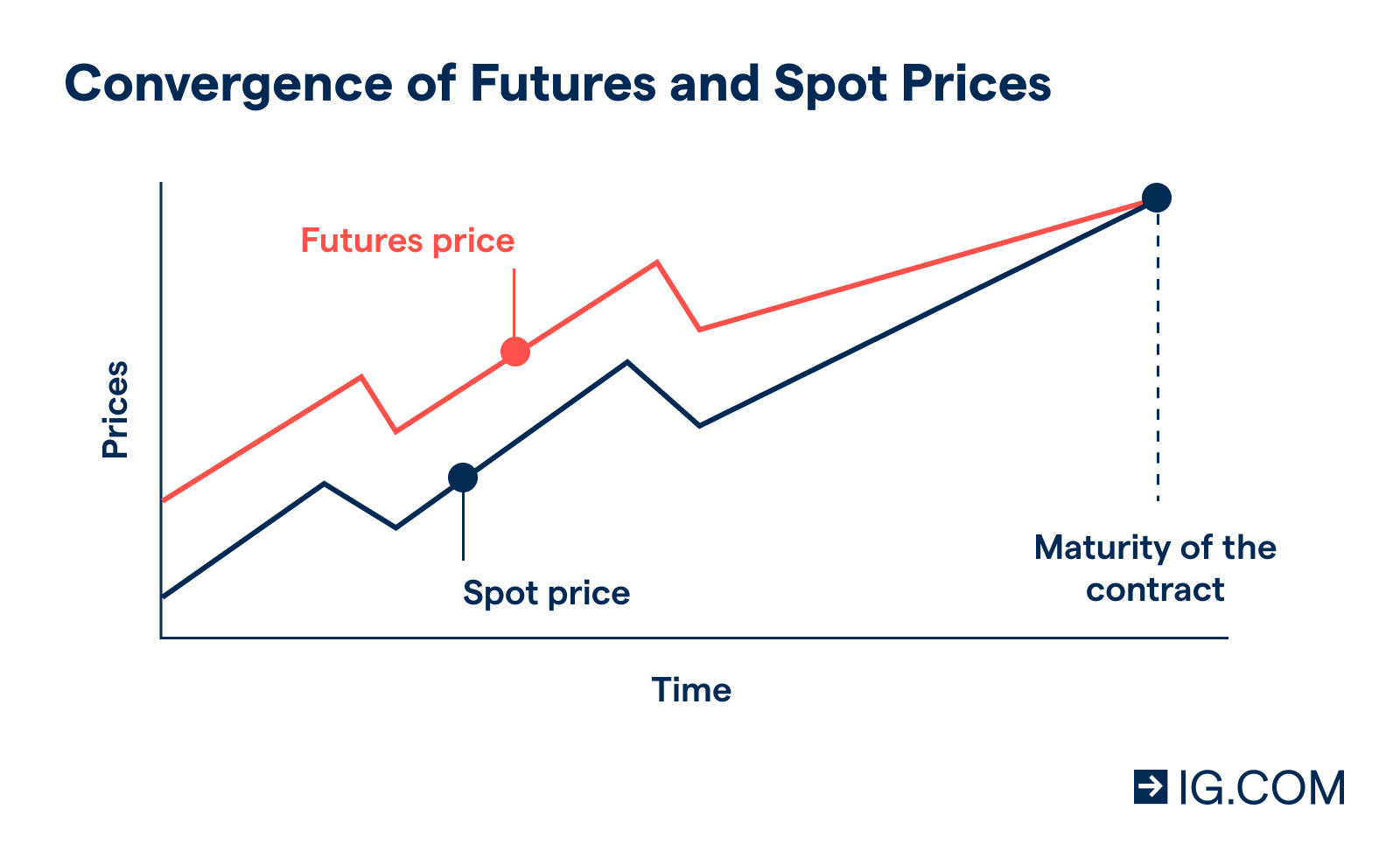
US News & World Report also includes an educational section. This section covers a range topics such as Average first-year retention rates, Graduate indebtedness and faculty salaries. The information is adjusted for regional variations in cost of life. If you are interested in further education, this section is helpful. However there are many things that you should know before making your final decision. Below are some important figures in US financial.
Average first-year retention rate
U.S. News' rating system evaluates colleges and universities using three components: average first year retention rate, average student loan, and average graduate indebtedness. In order to gauge how schools attract new students, retention rates and average first year debt are important indicators. Graduate indebtedness or the total amount that federal loans have been owed to a class of graduates from a bachelor's degree program for 2019 and 2020, is the average student debt. This number is volatile because it includes institutions that have federal loan debt.
U.S. News used the average first year retention rate for schools that were established since fall 2016.-2017. The five factors used in the calculation are: class size and faculty-student-ratio, as well as percentage of fulltime faculty. These factors were taken from the first year for admission up to the first one for graduation. U.S. News considers retention rates as a whole in its ranking system, but many schools compare schools using multiple metrics.

Total graduate indebtedness
Prospective students and families are concerned about how much debt they will owe at graduation. One ranking factor focuses on graduate indebtedness total, which equates the average debt of the graduating class of 2020 to the median debt of all ranked schools. The number of graduates who are currently in debt is significant. Approximately forty million students currently have at least one outstanding educational loan.
U.S. News ranks colleges highly on its list of best colleges. These institutions will not have the greatest student debt burden. Some institutions have lower student debt. These institutions might not be as financially stable as other colleges and may not have an excessive debt burden. The College Scorecard website has information on undergraduate students' average student debt. A site is also available from the Department of Education that allows students to compare college debt in order to make sure they are choosing a college that offers quality education.
Average faculty salaries
U.S. News reports that the average faculty salary at the top universities in the nation is the highest for those who work in finance and business. The report examines faculty compensation at universities across the country, and the difference between full professor salaries at these institutions and the salaries of their assistant professors and associate professors is striking. Although there have been some improvements in the last year's report, full professor salaries are the same at top universities. The University of California System, for example, took five of the 10 spots in the list. Northwestern University climbed to the eighth spot, replacing University of Maryland (previously number-eight).
A survey also covers adjunct faculty salaries. Part-time faculty salaries may also be included in the AAUP Survey. Additionally, institutions may be required to report pay data from adjuncts for the past year in order to make it easier to collect. Nevertheless, the AAUP continues to take into account the larger cultural conversation and report faculty salaries. It is important that adjunct faculty salaries, which are often low, are not reported publicly.

Averaging regional variations in cost-of-living
The United States does have an official cost of existence index. However the Bureau of Labor Statistics publishes its Consumer Price Index (CPI), which is used to track changes in the costs of living over time. CPI data is used by some organizations to calculate a cost-of-living index. The majority of cost of living indicators use a 100-year national average as the base. They then assign different numbers for different regions depending on how they compare with this figure.
These reports also include prices for housing and utilities, healthcare costs (including common surgeries), entertainment, vehicle insurance and registration fees, and food and gas prices. Costs are adjusted yearly for regional differences in cost of living. In 2019, San Francisco's cost of living was higher than Salt Lake City. While the cost to live varies from one area to another, the average cost in the United States is high. Additionally, some regions are more costly than others.
FAQ
What is a fund mutual?
Mutual funds can be described as pools of money that invest in securities. Mutual funds offer diversification and allow for all types investments to be represented. This helps reduce risk.
Managers who oversee mutual funds' investment decisions are professionals. Some funds offer investors the ability to manage their own portfolios.
Because they are less complicated and more risky, mutual funds are preferred to individual stocks.
Who can trade in the stock market?
Everyone. Not all people are created equal. Some people are more skilled and knowledgeable than others. So they should be rewarded.
But other factors determine whether someone succeeds or fails in trading stocks. For example, if you don't know how to read financial reports, you won't be able to make any decisions based on them.
Learn how to read these reports. Each number must be understood. Also, you need to understand the meaning of each number.
Doing this will help you spot patterns and trends in the data. This will help to determine when you should buy or sell shares.
You might even make some money if you are fortunate enough.
What is the working of the stock market?
When you buy a share of stock, you are buying ownership rights to part of the company. The company has some rights that a shareholder can exercise. He/she is able to vote on major policy and resolutions. The company can be sued for damages. The employee can also sue the company if the contract is not respected.
A company cannot issue more shares that its total assets minus liabilities. It's called 'capital adequacy.'
A company with a high ratio of capital adequacy is considered safe. Companies with low capital adequacy ratios are considered risky investments.
What is security?
Security is an asset that produces income for its owner. Shares in companies are the most popular type of security.
A company may issue different types of securities such as bonds, preferred stocks, and common stocks.
The earnings per share (EPS), and the dividends paid by the company determine the value of a share.
When you buy a share, you own part of the business and have a claim on future profits. If the company pays you a dividend, it will pay you money.
You can sell your shares at any time.
Statistics
- "If all of your money's in one stock, you could potentially lose 50% of it overnight," Moore says. (nerdwallet.com)
- Our focus on Main Street investors reflects the fact that American households own $38 trillion worth of equities, more than 59 percent of the U.S. equity market either directly or indirectly through mutual funds, retirement accounts, and other investments. (sec.gov)
- The S&P 500 has grown about 10.5% per year since its establishment in the 1920s. (investopedia.com)
- Even if you find talent for trading stocks, allocating more than 10% of your portfolio to an individual stock can expose your savings to too much volatility. (nerdwallet.com)
External Links
How To
How to trade in the Stock Market
Stock trading can be described as the buying and selling of stocks, bonds or commodities, currency, derivatives, or other assets. Trading is French for "trading", which means someone who buys or sells. Traders buy and sell securities in order to make money through the difference between what they pay and what they receive. This is the oldest form of financial investment.
There are many methods to invest in stock markets. There are three types of investing: active (passive), and hybrid (active). Passive investors watch their investments grow, while actively traded investors look for winning companies to make a profit. Hybrid investors combine both of these approaches.
Passive investing involves index funds that track broad indicators such as the Dow Jones Industrial Average and S&P 500. This method is popular as it offers diversification and minimizes risk. You can just relax and let your investments do the work.
Active investing means picking specific companies and analysing their performance. Active investors look at earnings growth, return-on-equity, debt ratios P/E ratios cash flow, book price, dividend payout, management team, history of share prices, etc. They then decide whether or not to take the chance and purchase shares in the company. If they feel that the company's value is low, they will buy shares hoping that it goes up. On the other side, if the company is valued too high, they will wait until it drops before buying shares.
Hybrid investing blends elements of both active and passive investing. One example is that you may want to select a fund which tracks many stocks, but you also want the option to choose from several companies. You would then put a portion of your portfolio in a passively managed fund, and another part in a group of actively managed funds.